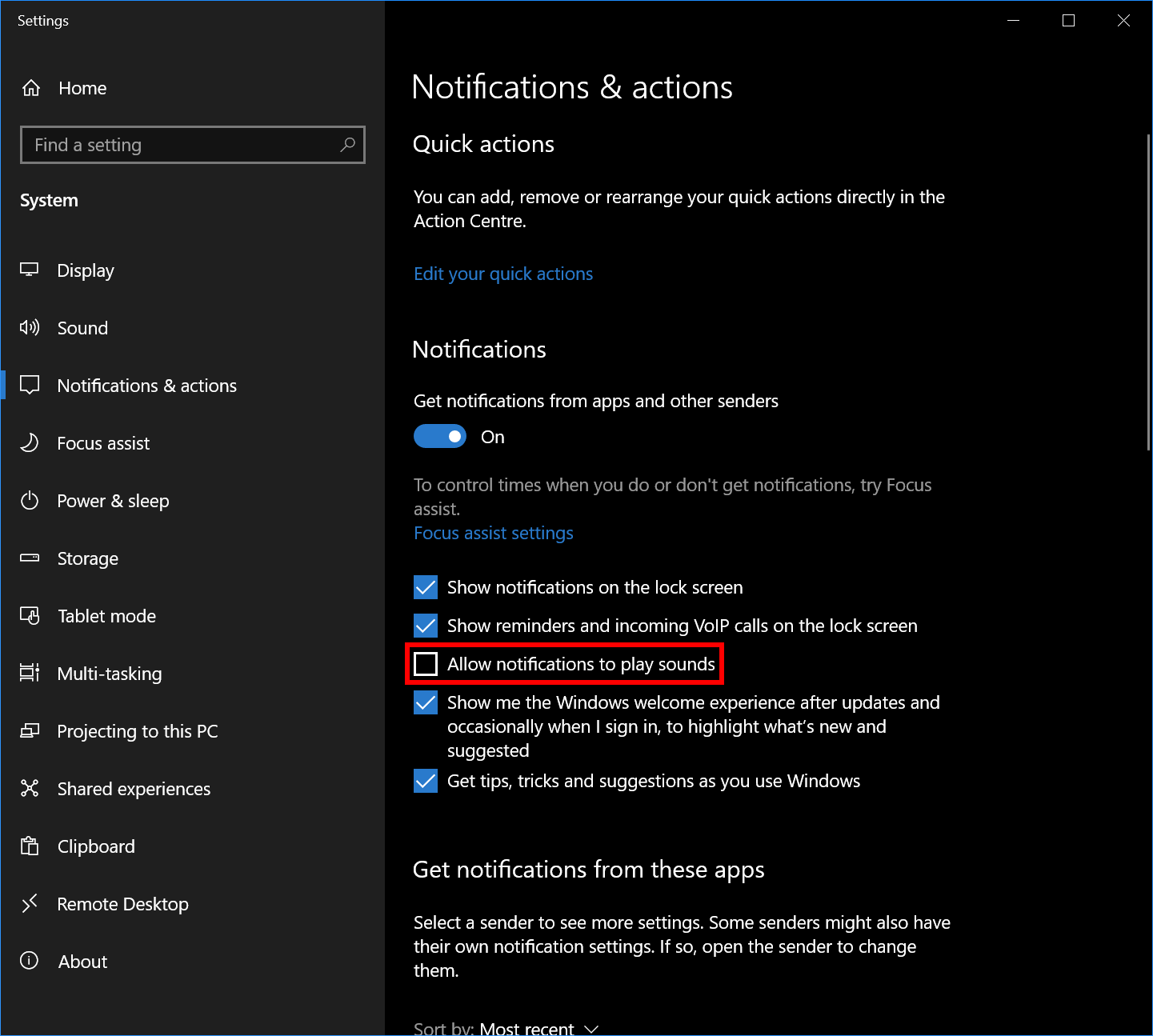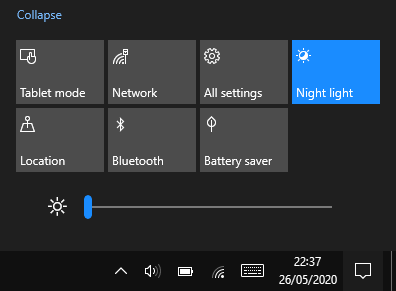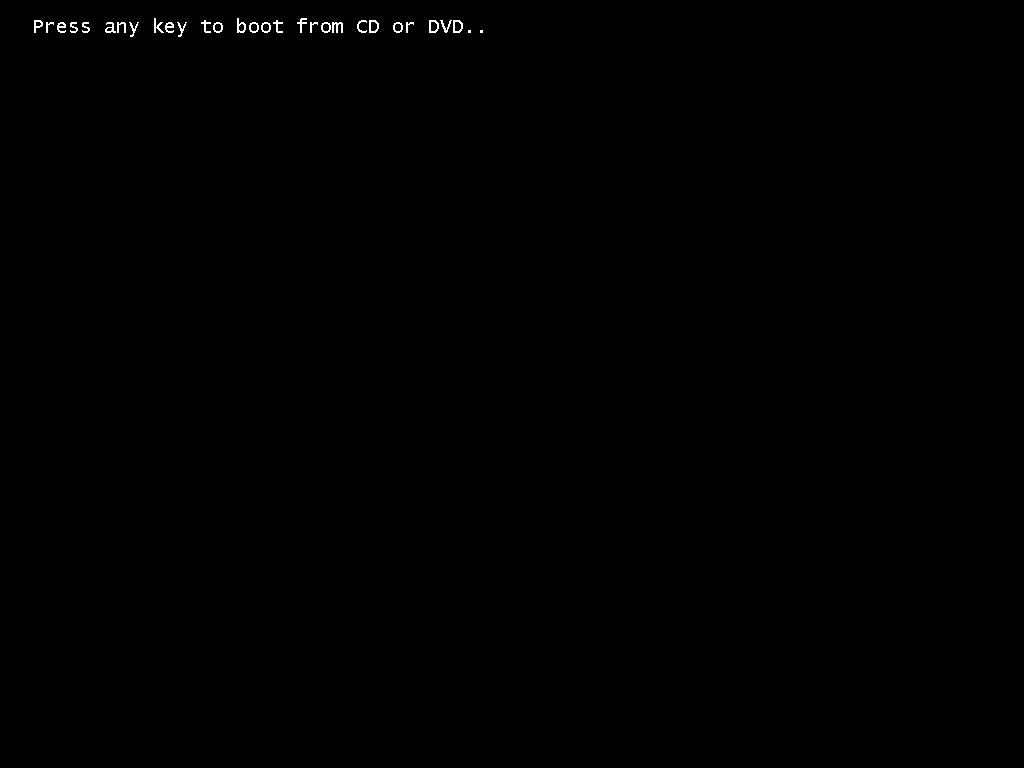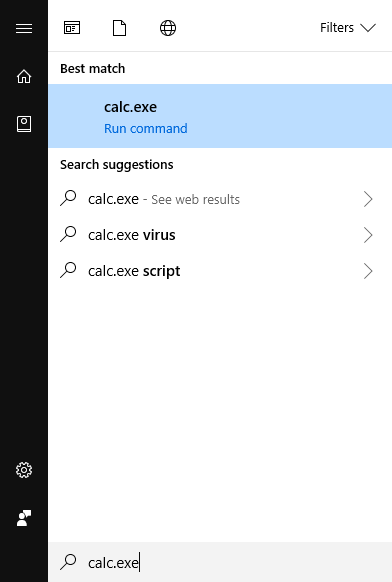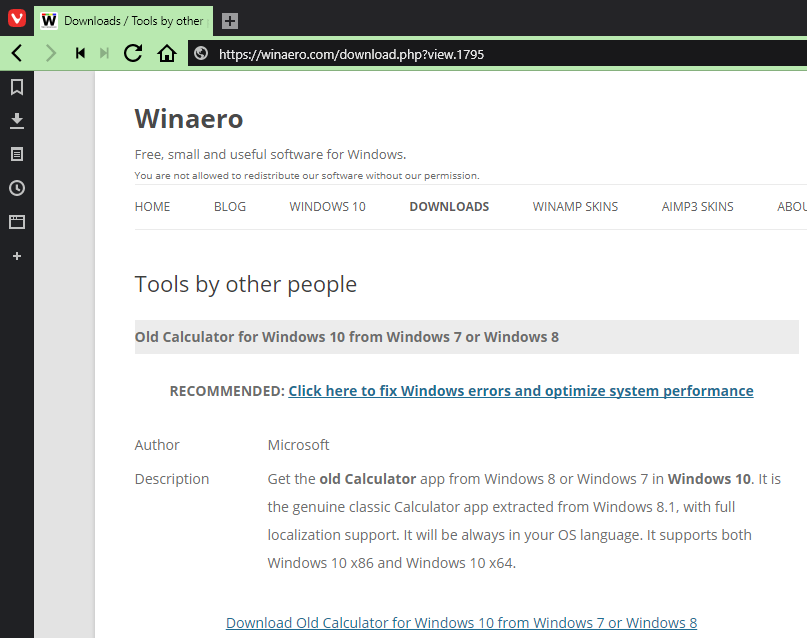 I have my PCs all set to share settings via OneDrive; I like this as it means I have a unifed theme everywhere, but when a problem occurs, it occurs everywhere.
I have my PCs all set to share settings via OneDrive; I like this as it means I have a unifed theme everywhere, but when a problem occurs, it occurs everywhere.
his particular issue, is that I use Windows Spotlight for images on the lock screen and it became stuck on one image a while ago. After recently installing a new PC and having them same problem there as on other machines, I finally decided to fix the issue.
This was a fairly straightforward fix for me, but others report various fixes not working.
I found the fix which worked for me on Driver Easy and am reposting here, so I can easily find it again in future if necessary.
To fix the issue by re-registering Windows Spotlight, perform the following steps:
Use Run As Administrator to launch Command Prompt, click Yes when prompted by UAC (User Account Control) and type the following command:
dism /online /cleanup-image /restorehealth
Press Enter and wait for the command to run; this might take a few minutes to complete:
 dism /online /cleanup-image /restorehealth
dism /online /cleanup-image /restorehealthIn the Command Prompt window type the following:
sfc /scannow
Hit enter and wait for the command to complete:
 sfc /scannow
sfc /scannowEither type powershell or launch a PowerShell window and type the following:
Get-AppXPackage -AllUsers |Where-Object {$_.InstallLocation -like “*SystemApps*”} | Foreach {Add-AppxPackage -DisableDevelopmentMode -Register “$($_.InstallLocation)\AppXManifest.xml”}
Hit enter and wait for the PowerShell command to finish (this may take a while) and generate several errors which can be ignored:
 Get-AppXPackage -AllUsers |Where-Object {$_.InstallLocation -like “*SystemApps*”} | Foreach {Add-AppxPackage -DisableDevelopmentMode -Register “$($_.InstallLocation)\AppXManifest.xml”}
Get-AppXPackage -AllUsers |Where-Object {$_.InstallLocation -like “*SystemApps*”} | Foreach {Add-AppxPackage -DisableDevelopmentMode -Register “$($_.InstallLocation)\AppXManifest.xml”}I’ve found I need to wait a few minutes for the fix to take effect, but I don’t need to do anything else before the Windows Spotlight image starts to change.
 I’ve been switching off sounds for notifications for different programs for a while as I find the notuification chime far too loud compared to other program sounds, but as I am doing this on five or more machines, it is getting somewhat irritating. I eventually started thinking about a global switch off and wanted to see if this was possible, but since Microsoft moved settings out of the Control Panel, I have had a hard time finding a setting when I want it.
I’ve been switching off sounds for notifications for different programs for a while as I find the notuification chime far too loud compared to other program sounds, but as I am doing this on five or more machines, it is getting somewhat irritating. I eventually started thinking about a global switch off and wanted to see if this was possible, but since Microsoft moved settings out of the Control Panel, I have had a hard time finding a setting when I want it.

